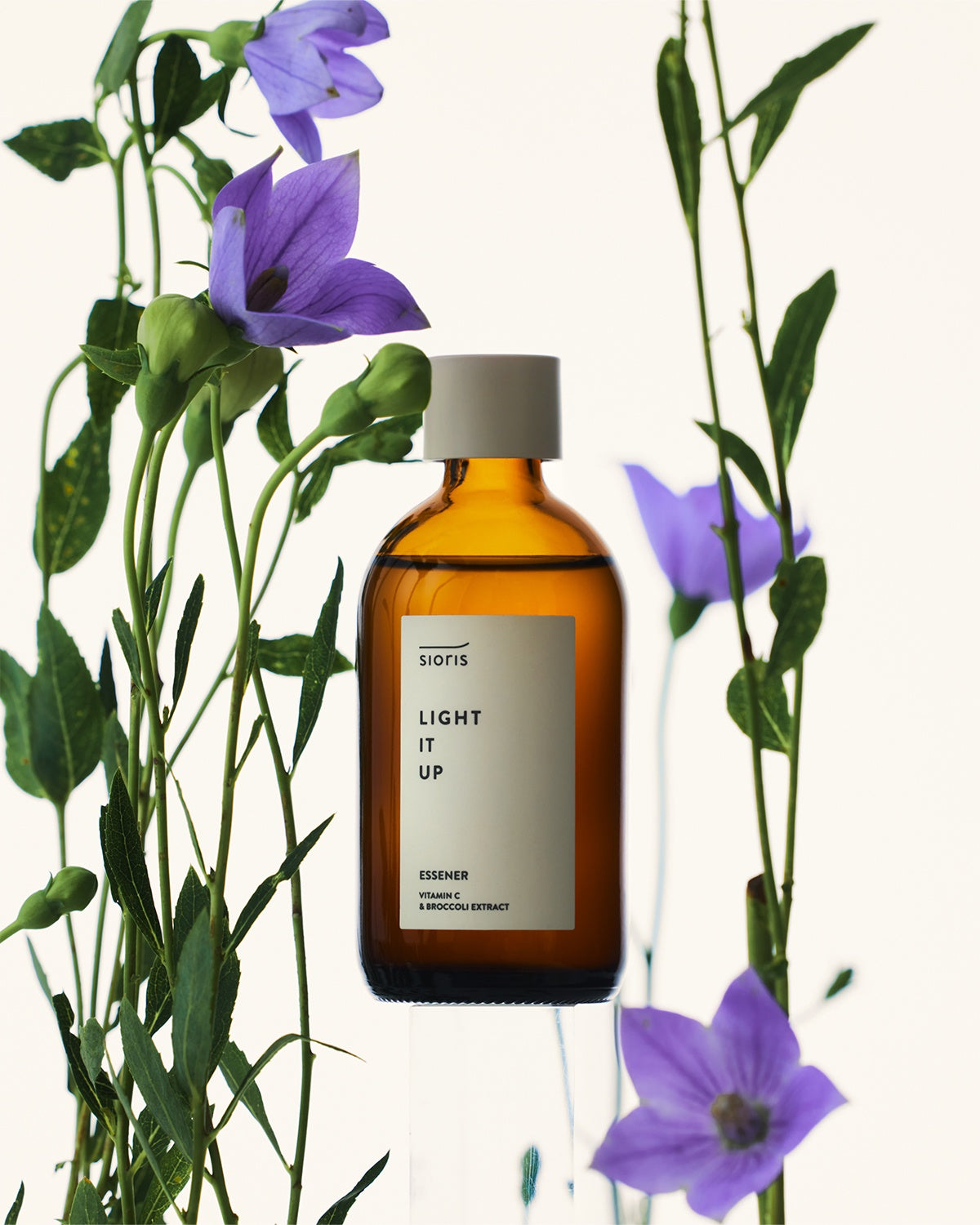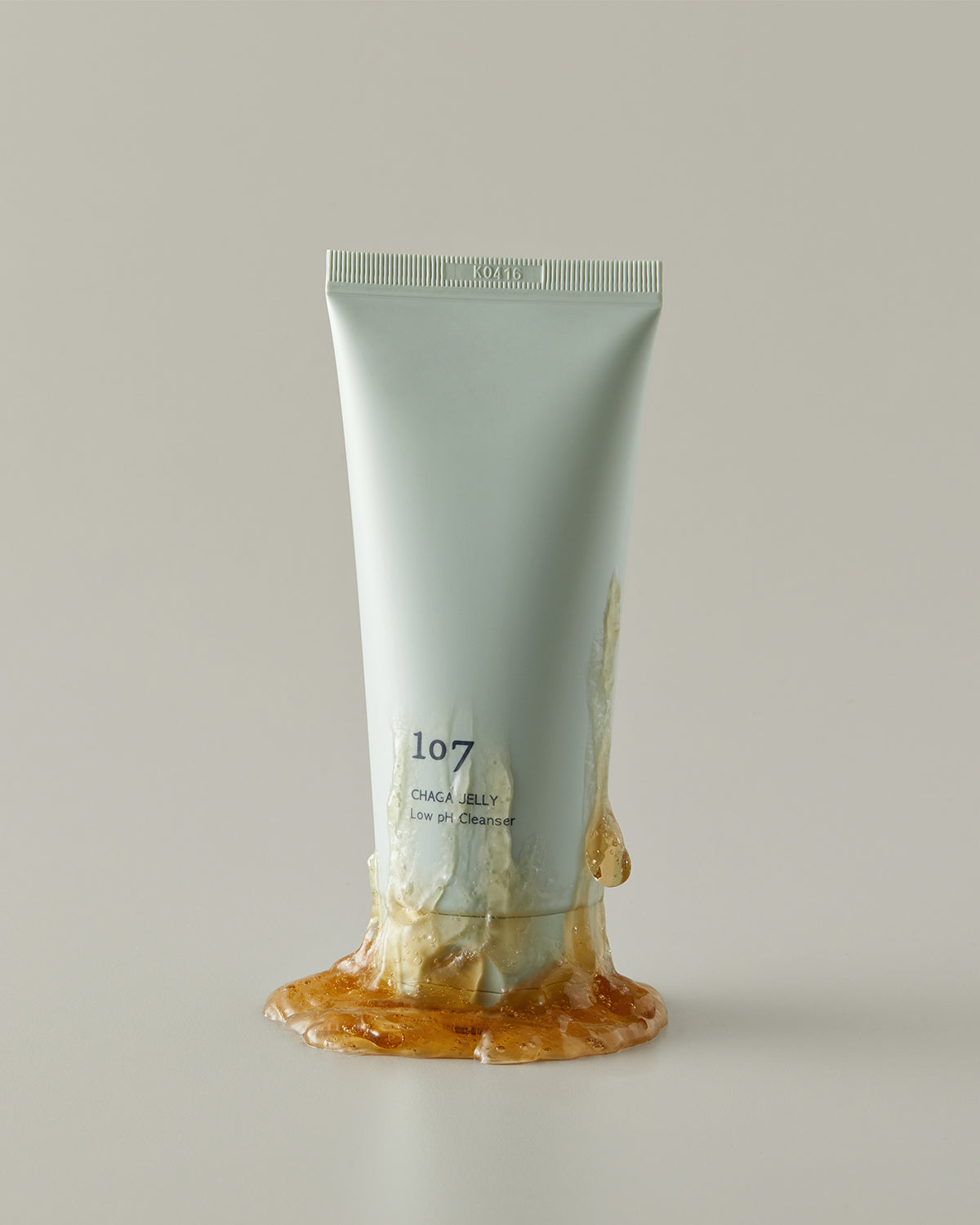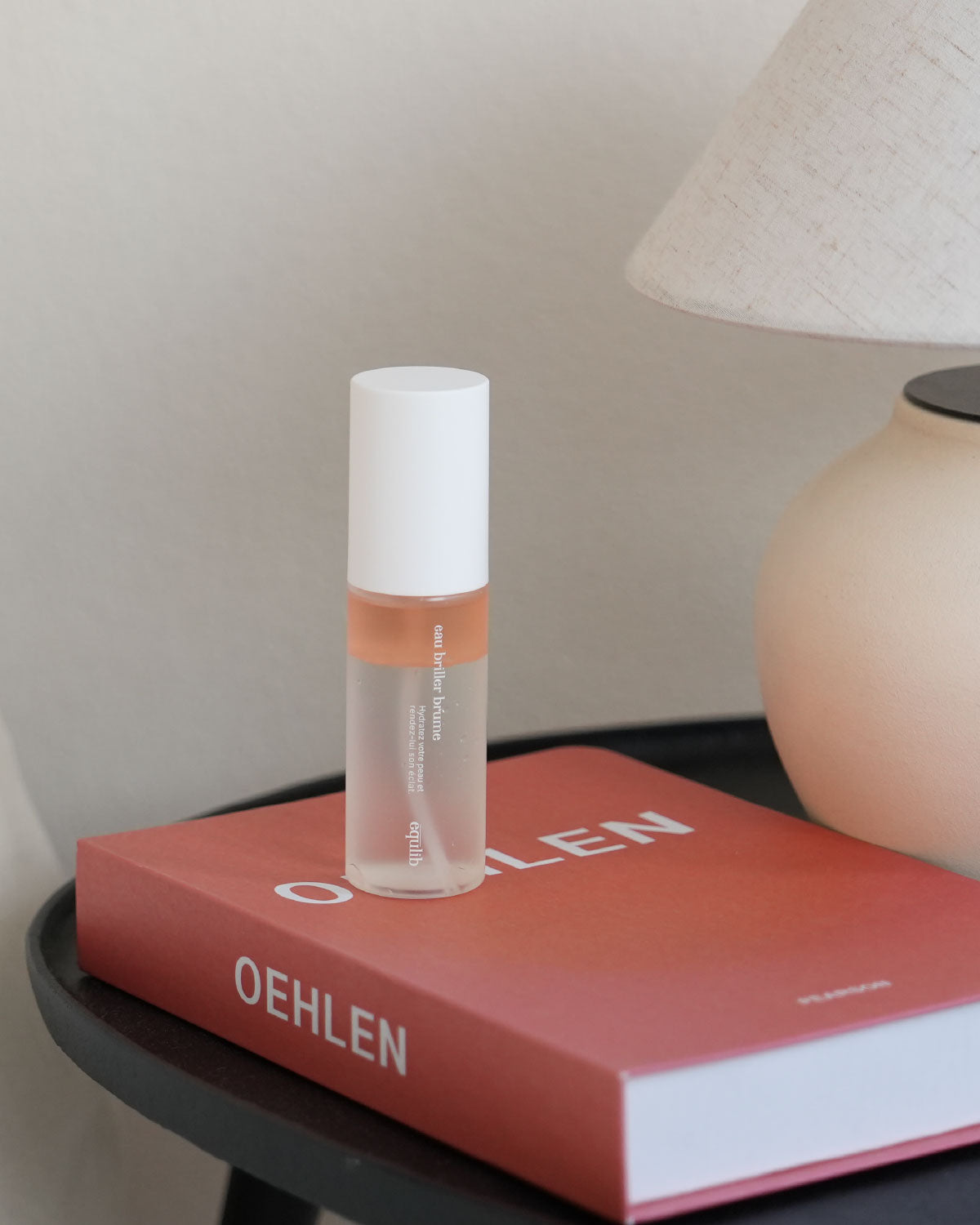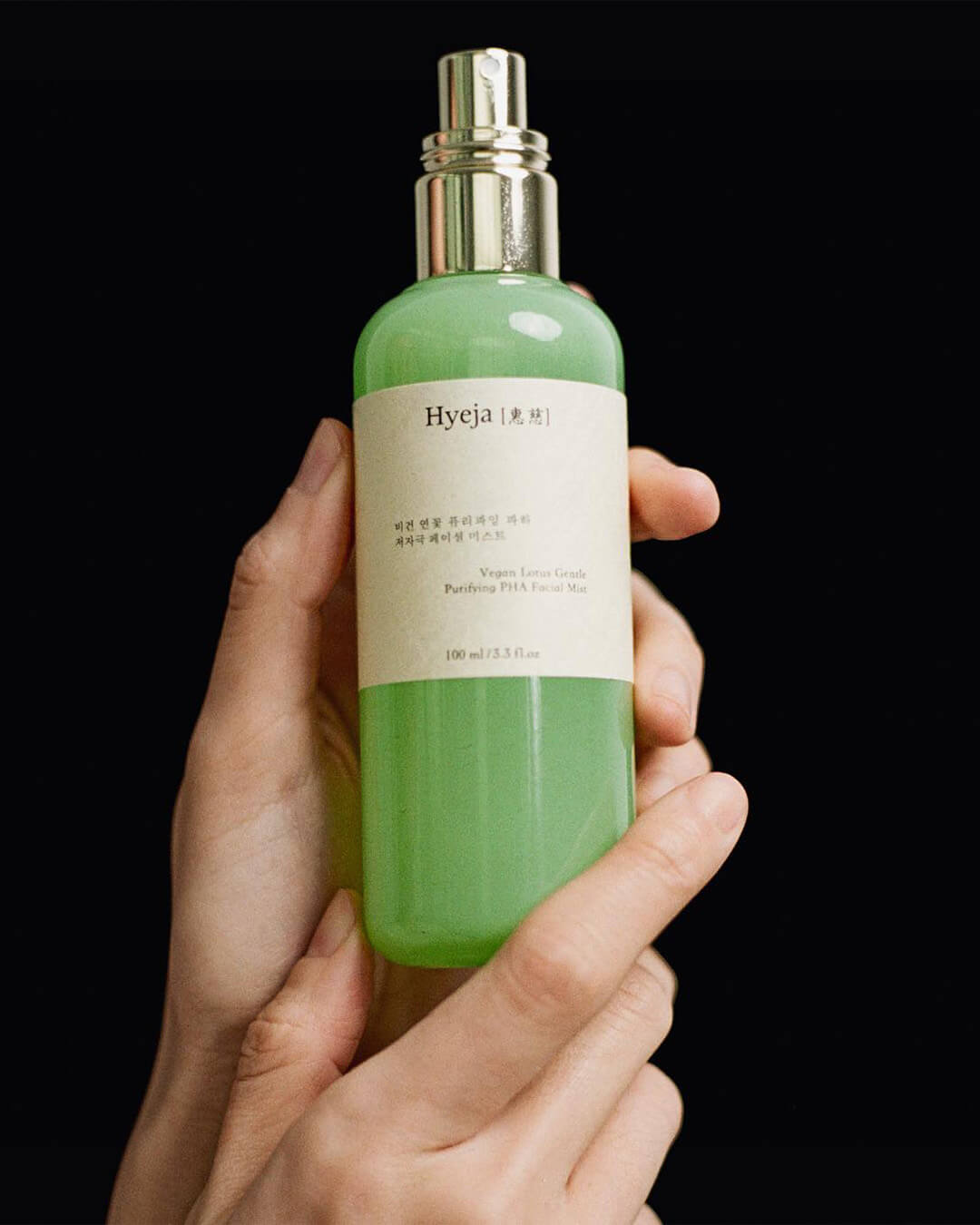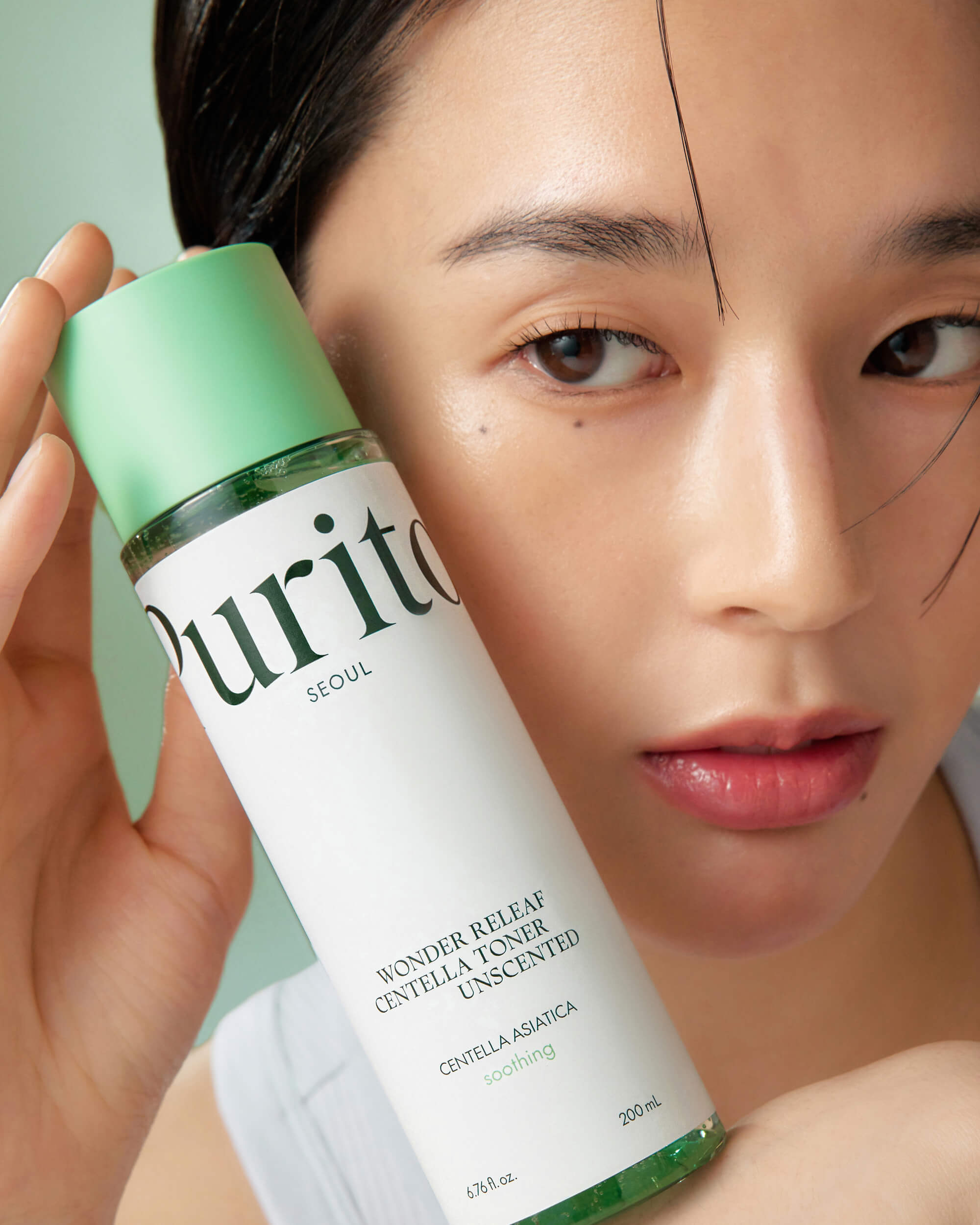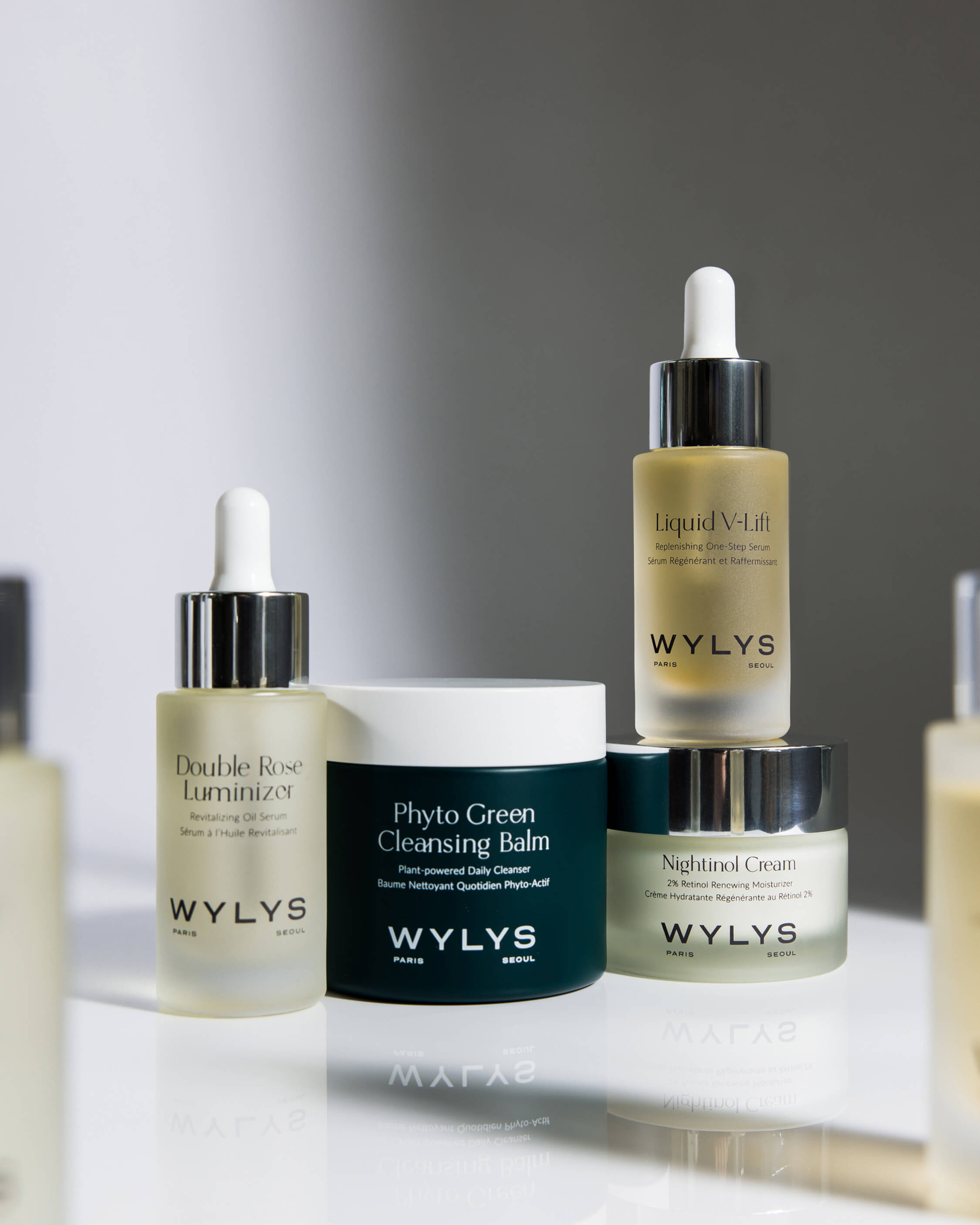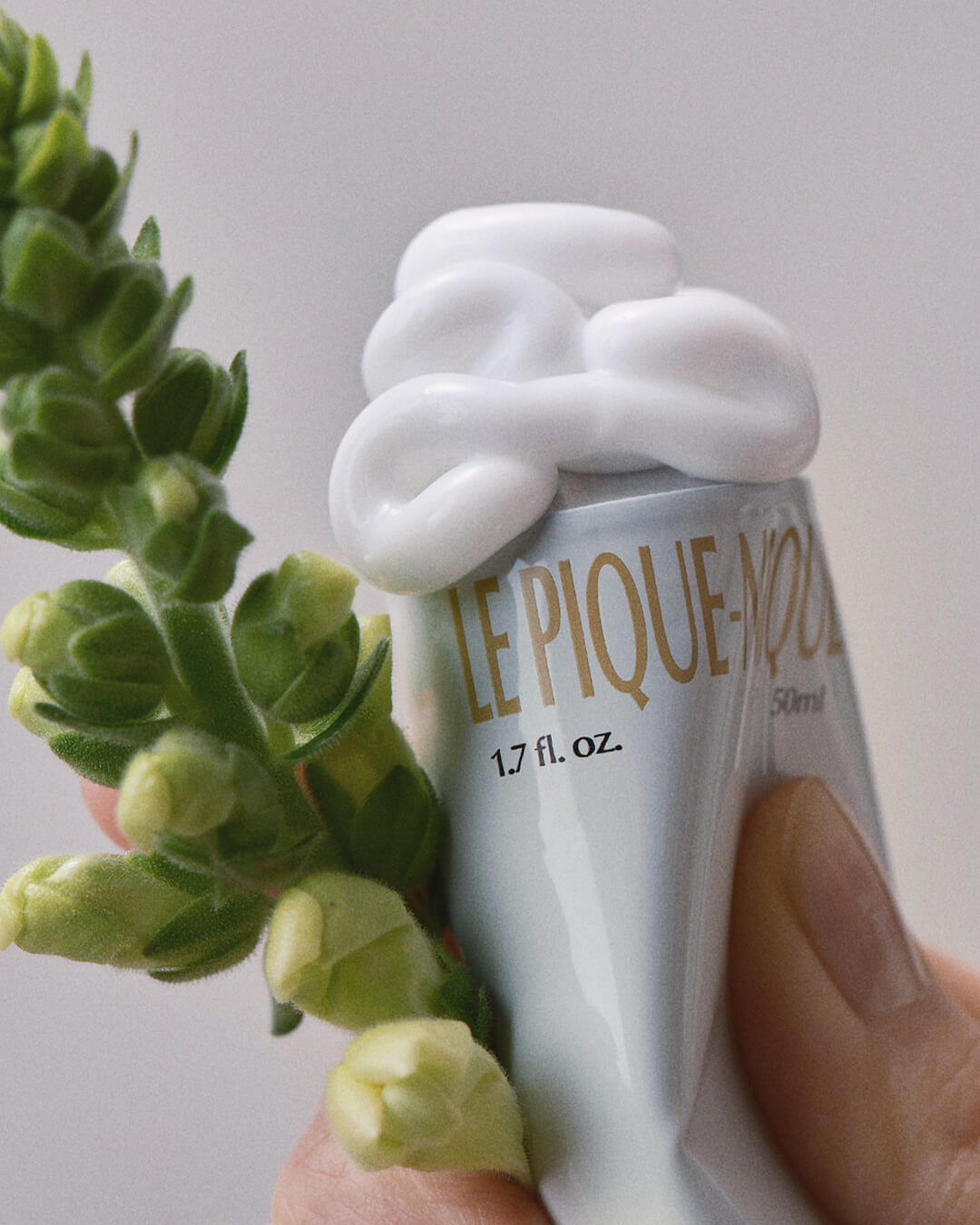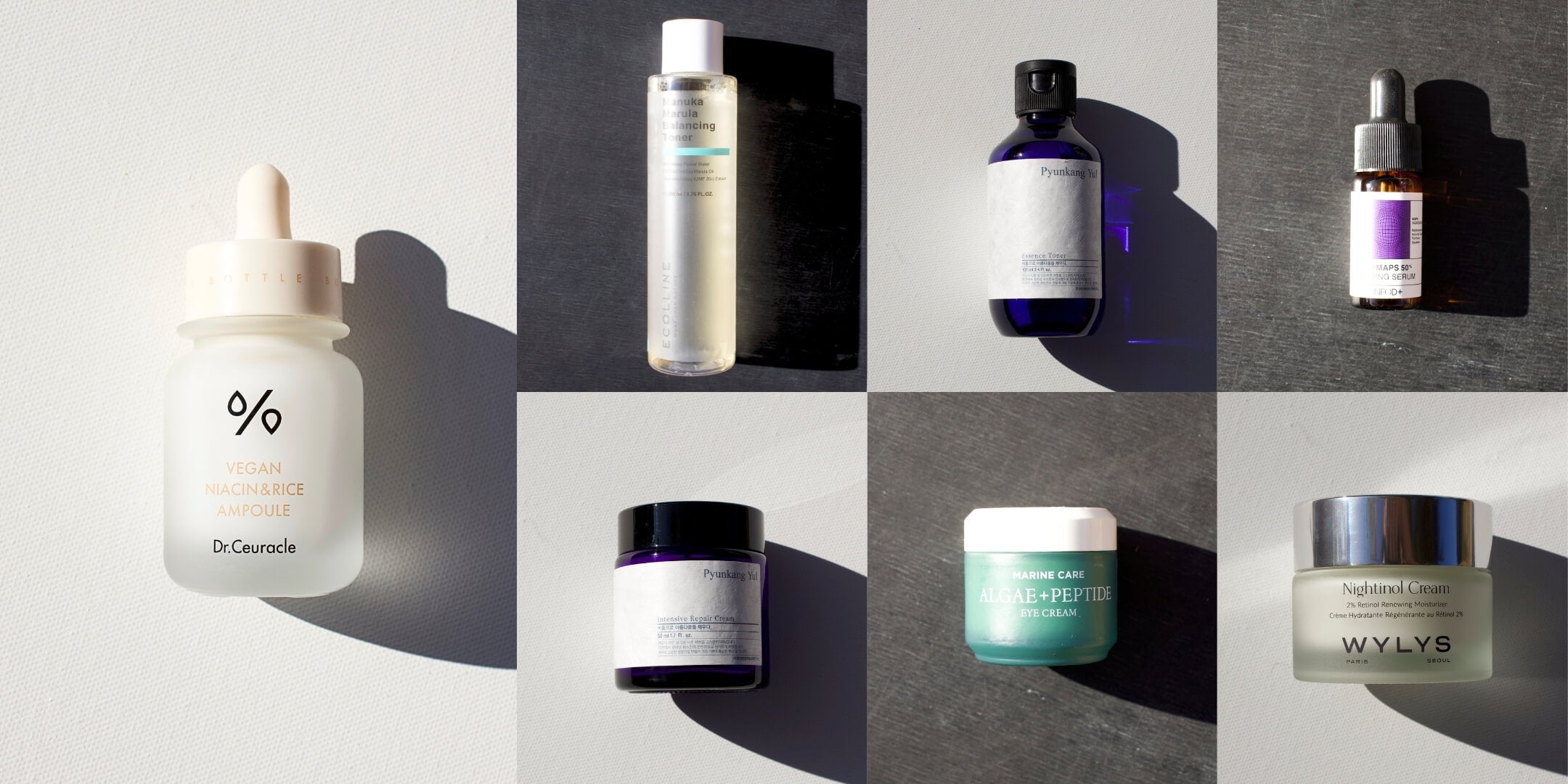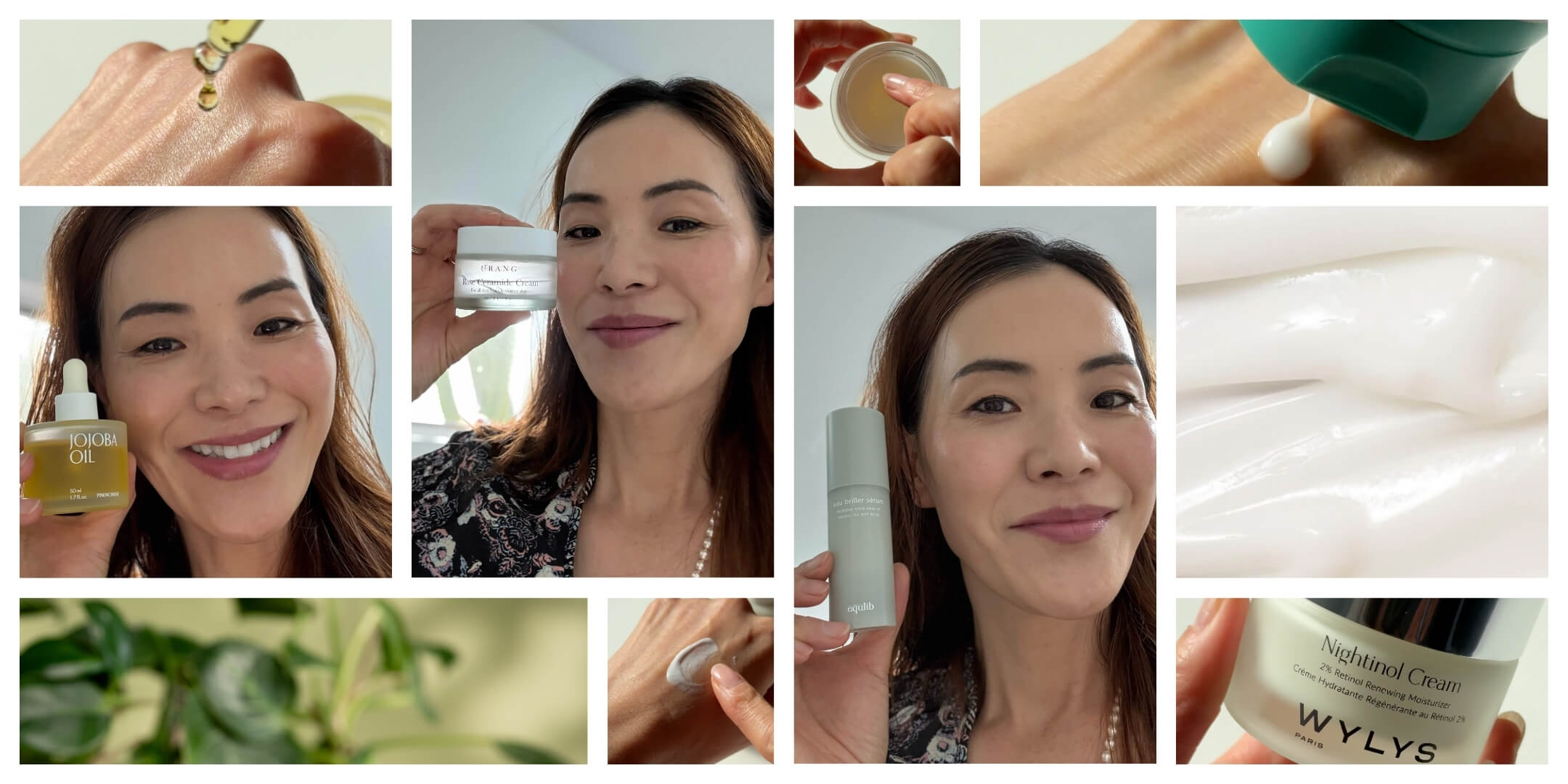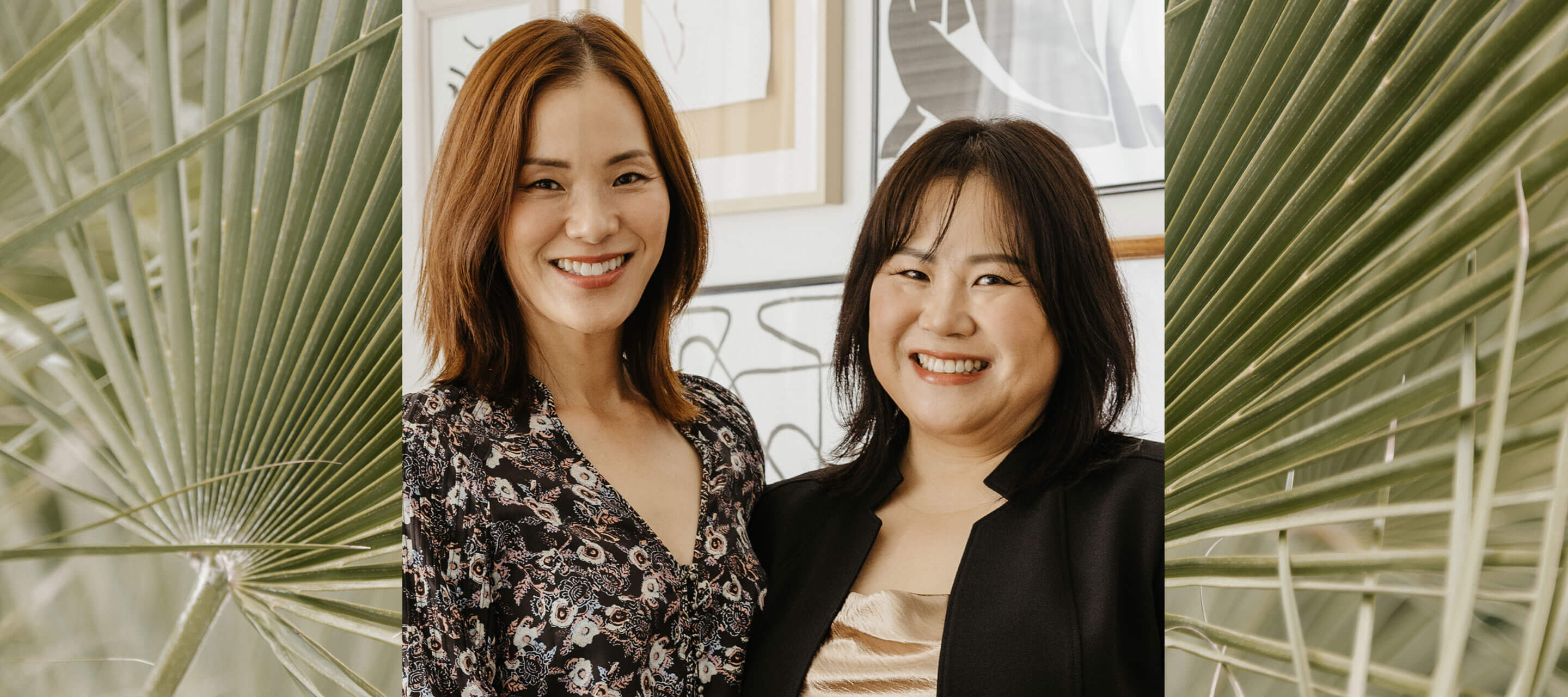Reading the list of ingredients on a product can be confusing, particularly when it comes to plant-based products. It’s easy to think, “If it’s green, then it must be good...right?” without asking the “what” or “why” qualifying questions.
Here at Ohlolly, we want Korean beauty to be as straightforward and simple as possible; this means answering those “what” and “why”s so you can feel secure in your product choices. One big confusion in the world of green beauty is essential oils versus extracts. Specifically, what are they and what are their differences? And should you--or should you not--include them in your skincare routine?

What Are Essential Oils:
According to Jordana Mattioli, an NYC-based esthetician interviewed in an article for Bustle magazine,
"Essential oils are the concentrated, volatile, aromatic compounds of a plant.”
The plant’s primary aromatic features (its leaves, flowers, and roots) go through a steam distillation process to extract the oil. The liquid that distills off is considered the plant’s essence, while the smaller amount of liquid that remains is the essential oil.
Essential oils are highly concentrated, very volatile, and much stronger in aroma. (Rocky Mountain Oils says it takes 250 pounds of fresh peppermint to produce one pound of peppermint essential oil!) Because essential oils are so highly concentrated, they need to be diluted in order to be safe and effective on the skin. (It’s important to note that even diluted essential oils can still be allergenic or irritating to hyper-sensitive skin types.) Essential oils also tend to have potent antibacterial, antifungal, and antiviral properties because of their highly concentrated form.

What Are Extracts:
Meanwhile, extracts are just that: extracts of plants through cold-pressing or soaking a plant (typically in water, oil, or alcohol) to create a tincture-type liquid. Mattioli told Bustle magazine that extracts are similar to making tea; they’re infusions to reach a concentrated, liquid form of the plant. While their benefits may not be as concentrated as essential oils, extracts can be used in higher quantities and tend to be gentler on the skin, while still providing the benefits of the plants from which they are derived.
In addition, the study “Essential Oils and Herbal Extracts as Antimicrobial Agents in Cosmetic Emulsion,” reveals that “extracts and essential oils...can be recommended as effective candidates for natural cosmetic preservatives.” Both essential oils and extracts provide wonderful aromatherapy benefits. Each is a plant-extraction of some sort, and each serves wonderful (albeit different) purposes in skincare.
To help you better navigate products that incorporate essential oils, extracts, or BOTH, here’s a list of some Ohlolly favorites:
Tea Tree for the Acne-Fighter

Tea tree leaf is the ultimate acne-fighting champion. Dr. Ceuracle has an entire line of tea tree products that incorporate high dosage extracts; this means that they have the anti-inflammatory, healing property of tea tree leaf without the high intensity concentration of an (potentially more irritating) essential oil. The Tea Tree Purifine 80 Cream has 80% tea tree extract for calming and preventing breakouts, while panthenol balances to preserve moisture and strengthen the skin’s barrier for a clear glow.
The Magic of Beans

You may not typically associate beans with skincare, but Blithe will change your mind. With 80% bean extract, Blithe's 8 Nourishing Beans Vital Treatment is rich in antioxidants, amino acids, isoflavones, and phosphatides. These strengthening ingredients help smooth the skin while boosting elasticity and hydration. Its honey-like consistency (caused by the extracts of eight different beans) creates a viscous, hydrating toner and essence in one.
A Black Tea Wake Up

In their research on “plants used in cosmetics,” phytotherapy researchers Talal Aburjai and Feda Natsheh from the University of Jordan point out that “standardized black tea extracts showed a decrease in photochemical damage to the skin.” Heimish's Black Tea Mask, which features black tea extract, targets damaged, tired areas of the skin to do just that. This mask is great for treating irritated, inflamed skin with antibacterial ingredients that rejuvenate and lock moisture within.
Get Your Daily Supplements

This is what happens when two good things come together. Goodal's Green Tangerine Vita C Dark Spot Serum Set mixes 70% green tangerine extract with pure essential oils to super-pack this serum and cream duo with antioxidants, vitamins, and other natural active ingredients. The perfect combo evens skin tone, brightens dull skin, and provides lasting hydration that will keep your skin feeling bright and energized.
A Brilliant Quartet

Urang’s Brightening Blue Oil Serum is a masterful example of oil simplicity. With only four ingredients (one of these being alpha-bisabolol, the essential oil distillation of the Brazilian candeia tree), this oil brightens, heals, and protects the skin using the natural benefits of each ingredient. The blend helps reduce fine lines and blotchiness, energizes dull skin, and locks in moisture. Essential oils done right!
Watch more on our IGTV
Essential oils and extracts have always been words that promise big. Each serves the skin in different (and often, wonderful) ways. Finding ingredients that make your specific skin happy, and knowing the difference between ingredients in your products, is a huge step in reaping the benefits that ingredients like these provide. Email us at hello@ohlolly.com with any questions. We’d love to hear from you!
Written by Anna @ Ohlolly


